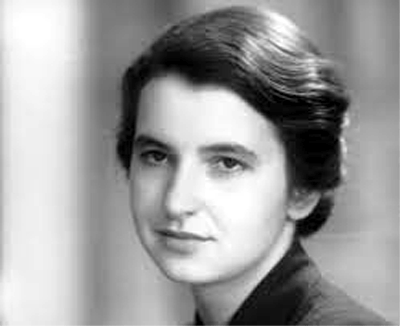Last time, I revealed that, up to and including the Second Boer War…….
“in every war fought by British forces they lost more men to typhoid than to the enemy”.
That was easily true of the Crimean War where 4,602 were killed in battle and 17,580 by typhoid. It was certainly true too of the Second Boer War and it would have been true of World War One, but for Almroth Wright.

Once he had seen the efficacy of his vaccine, Almroth gradually convinced the people in charge of the British armed forces of two measures which they absolutely had to take. Firstly, all military personnel would have to be injected, whatever they personally thought about it. Secondly, from 1910 onwards, around 10,000,000 vaccine doses had to be made immediately available for the troops.

As a consequence, when World War One began, the British Army was the only one with 100% vaccination of its troops against typhoid. In the Boer War in South Africa, there were 105 cases of typhoid per 1,000 troops and the death rate was 14.6 per 1,000 troops. In World War One though, there were 2.35 cases of typhoid per 1,000 troops and the death rate was 0.139 per 1,000 troops.
The result was that the British Empire suffered an appalling total of 1,118,264 casualties but the vast majority of them were on the battlefield. If the war had taken place without Almroth’s vaccine then the number of men and women to die would have been 2,236,529, and that would have been the figure if typhoid deaths were only one man more than those killed in action (which was extremely unlikely).

Let’s imagine that World War One had been played by Boer War rules. In South Africa, 5,774 men died in combat, or of the wounds they received in combat and 14, 210 died of disease. That is a ratio of just about 2½ to one, disease and combat. I’m not sure that I can believe my own Maths, but that would give you a grand total of 3,354,792 dead by the end of World War One, if typhoid had killed soldiers at its usual rate.

Is that not enough to warrant a statue? A total of 2,236,528 lives saved if the calculations are done by Boer War rules.
Even after Almroth Wright’s work, typhoid did still break out here and there in Great Britain. Without really searching very hard, I found that there were outbreaks in Maidstone in Kent (1897), Southampton and Winchester (1902) and Lincoln, England (1905). There was one very famous outbreak in New York (1906), but the disease kept up its unhealthy average in Dublin (1908), Retford in Nottinghamshire (1912), Tideswell in Derbyshire (1915), Croydon (1937), Chatham (1938), Dundee (1938) and Aberdeen (1964). Presumably, the arrival of lorry loads of Almroth’s vaccine prevented these outbreaks from becoming really serious (with the exception of Typhoid Mary, of course, in New York in 1906). Here she is, nearest bed:

During his lifetime, Almroth received at least 28 medals, prizes and honorary degrees. There is no statue of him, though. He was nominated 14 times for the Nobel prize from 1906 till 1925 but he didn’t receive one. All he has is a ward named after him at St Mary’s Hospital in Paddington in London…….









